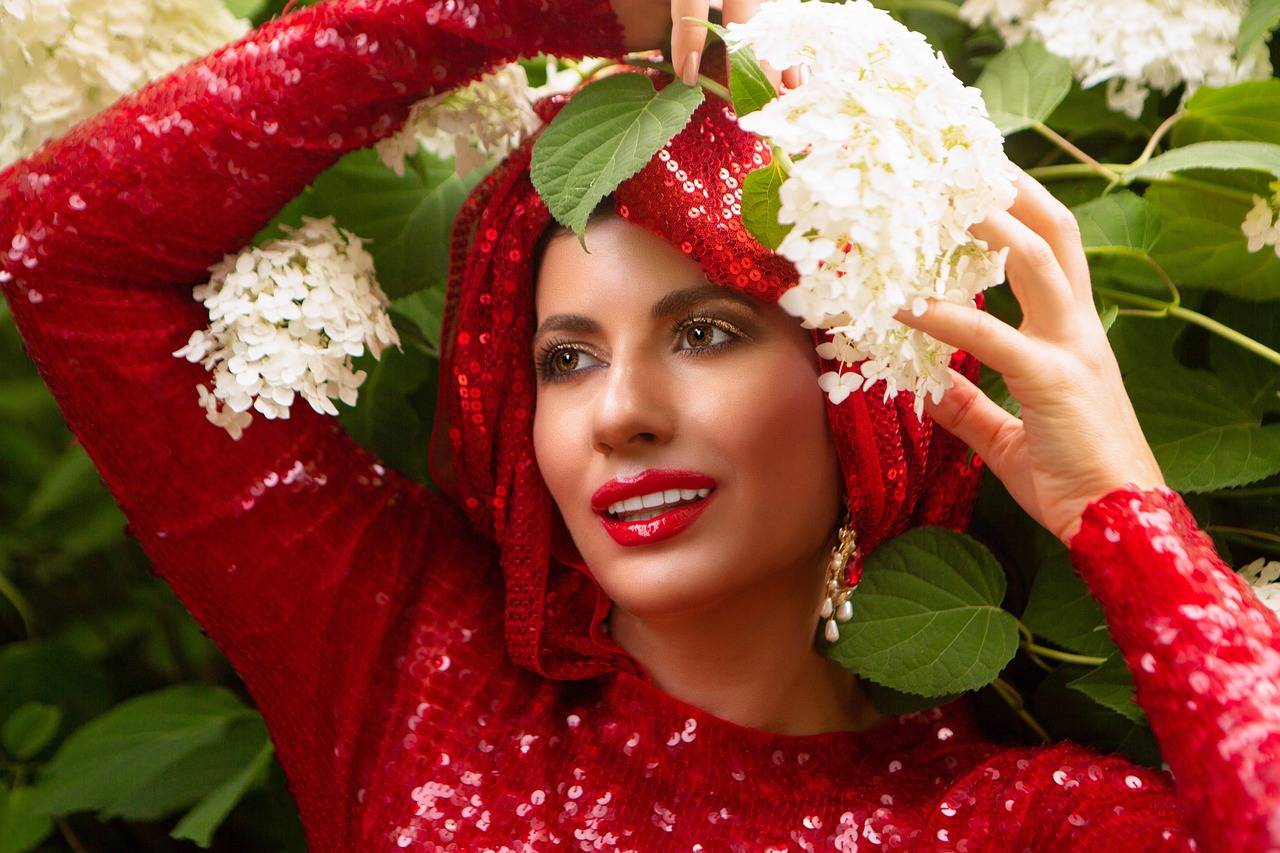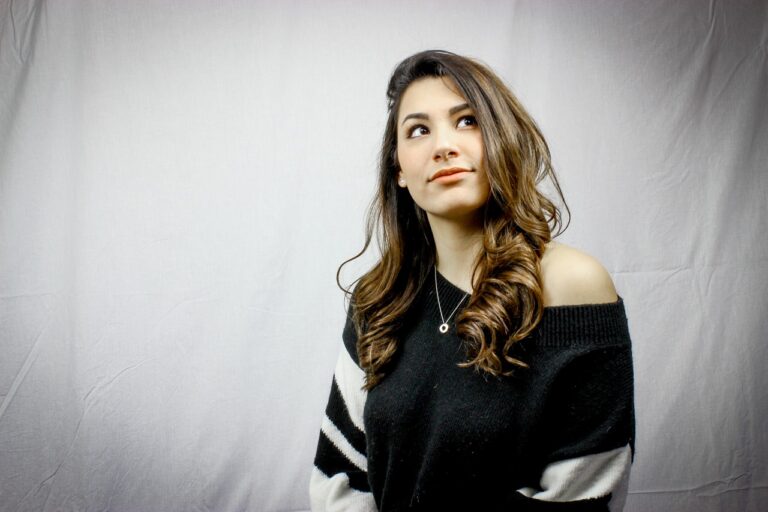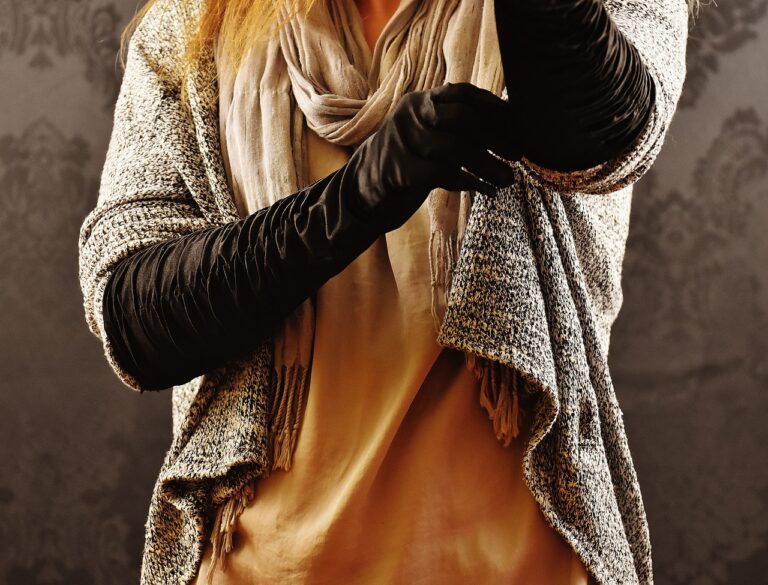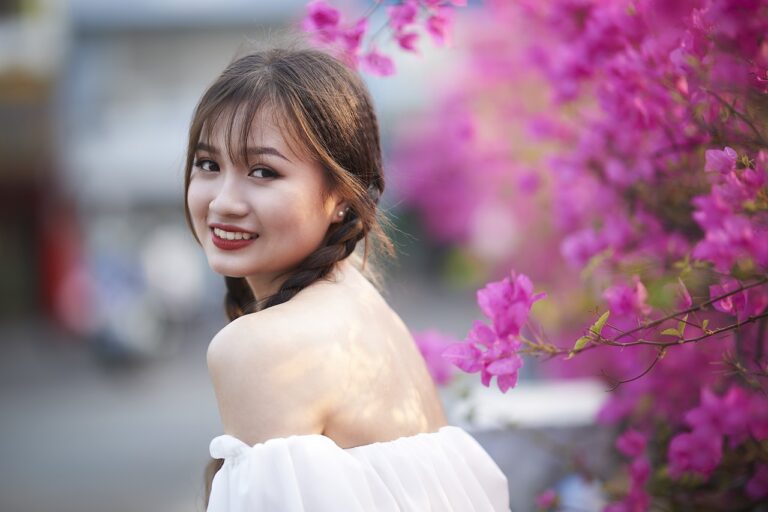Fashion and Body Image: Plus-Size Fashion Representation in Mainstream Media
One of the glaring issues in mainstream media today is the prevalence of a lack of diversity across various platforms. The underrepresentation of minority groups such as people of color, individuals with disabilities, and members of the LGBTQ+ community is a pressing concern that needs to be addressed promptly. This exclusion not only perpetuates stereotypes but also hinders the progress towards a more inclusive and equitable society.
In television shows, films, magazines, and advertisements, the overwhelming majority of individuals showcased belong to a narrow spectrum of identities, primarily centered around white, heteronormative characters. This limited portrayal not only alienates marginalized groups but also fails to reflect the true diversity of our society. It is clear that mainstream media has a long way to go in terms of representing the multiplicity of human experiences and identities accurately.
Historical Perspectives on Body Image in Fashion
The ideal body image portrayed in fashion has consistently evolved over centuries, reflecting the cultural norms and societal values of each era. Throughout history, perceptions of beauty have been molded by various factors, including art, literature, and socio-political influences. From the voluptuous figures celebrated in Renaissance paintings to the waif-like models popularized in the 1990s, fashion has continuously reinforced and redefined standards of body aesthetics.
In the early 20th century, designers such as Coco Chanel challenged traditional notions of beauty by embracing a more slender, boyish silhouette. This marked a shift towards a more modern and androgynous ideal, contrasting with the curvaceous forms of the Victorian era. As the fashion industry became more globalized, with the rise of magazines and runway shows, the portrayal of body image in fashion became increasingly influential, shaping not only individual perceptions of beauty but also societal expectations.
How has mainstream media contributed to the lack of diversity in body image representation?
Mainstream media has often perpetuated a narrow standard of beauty that favors thinness and a specific body type, excluding diverse body shapes and sizes.
How has historical fashion trends influenced body image perceptions?
Throughout history, fashion trends have often idealized certain body types, leading to societal pressures to conform to these standards.
How have body image standards in fashion changed over time?
Body image standards in fashion have evolved over time, reflecting changing societal norms and values. There has been a recent shift towards more inclusive and diverse representations of body types in the fashion industry.
What impact does the lack of diversity in body image representation have on individuals?
The lack of diversity in body image representation can have negative effects on individuals, leading to body dissatisfaction, low self-esteem, and even mental health issues.
How can the fashion industry work towards promoting more diverse body image representations?
The fashion industry can promote more diverse body image representations by showcasing models of different body shapes, sizes, and backgrounds, and by challenging traditional beauty standards.





